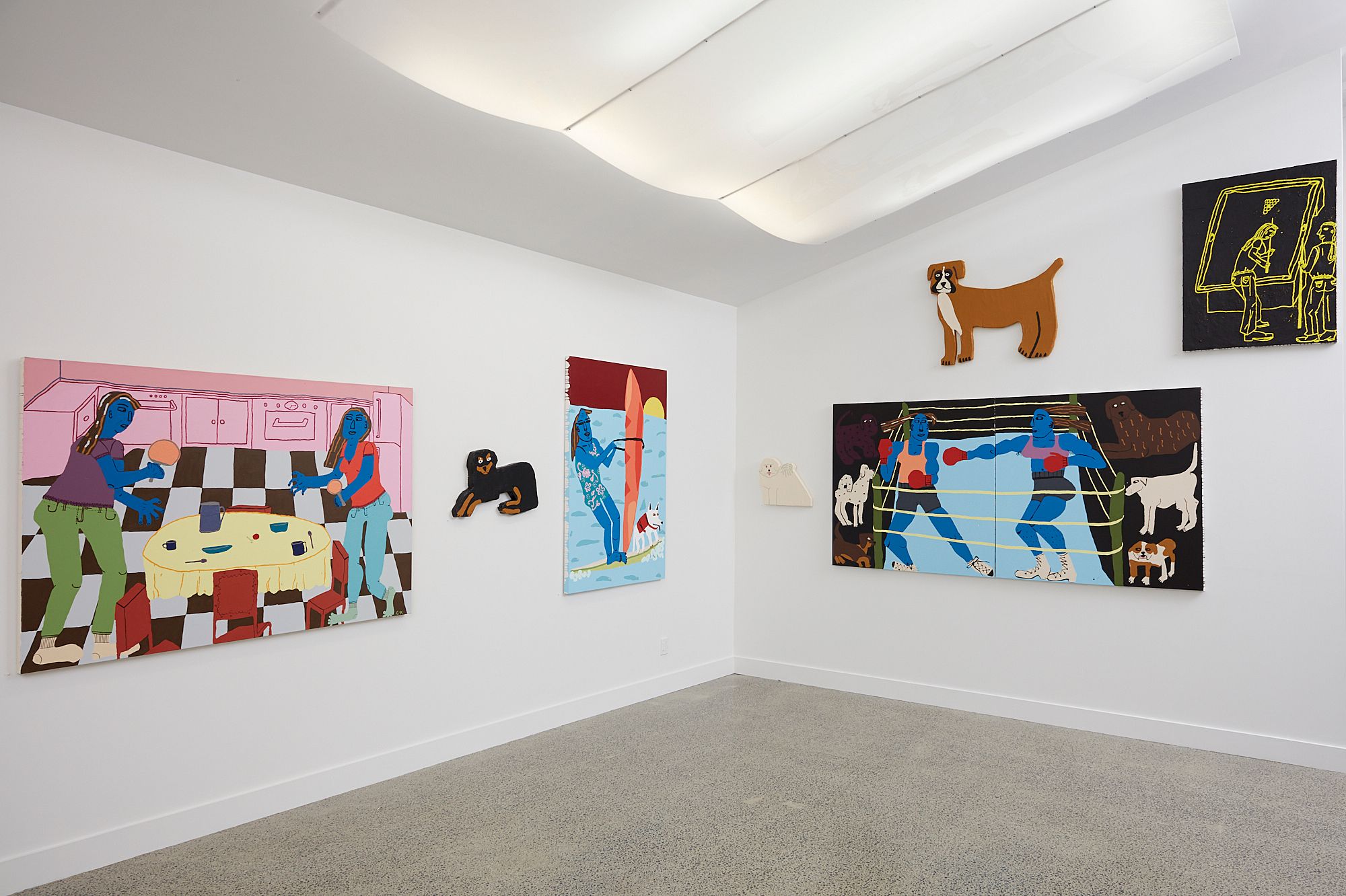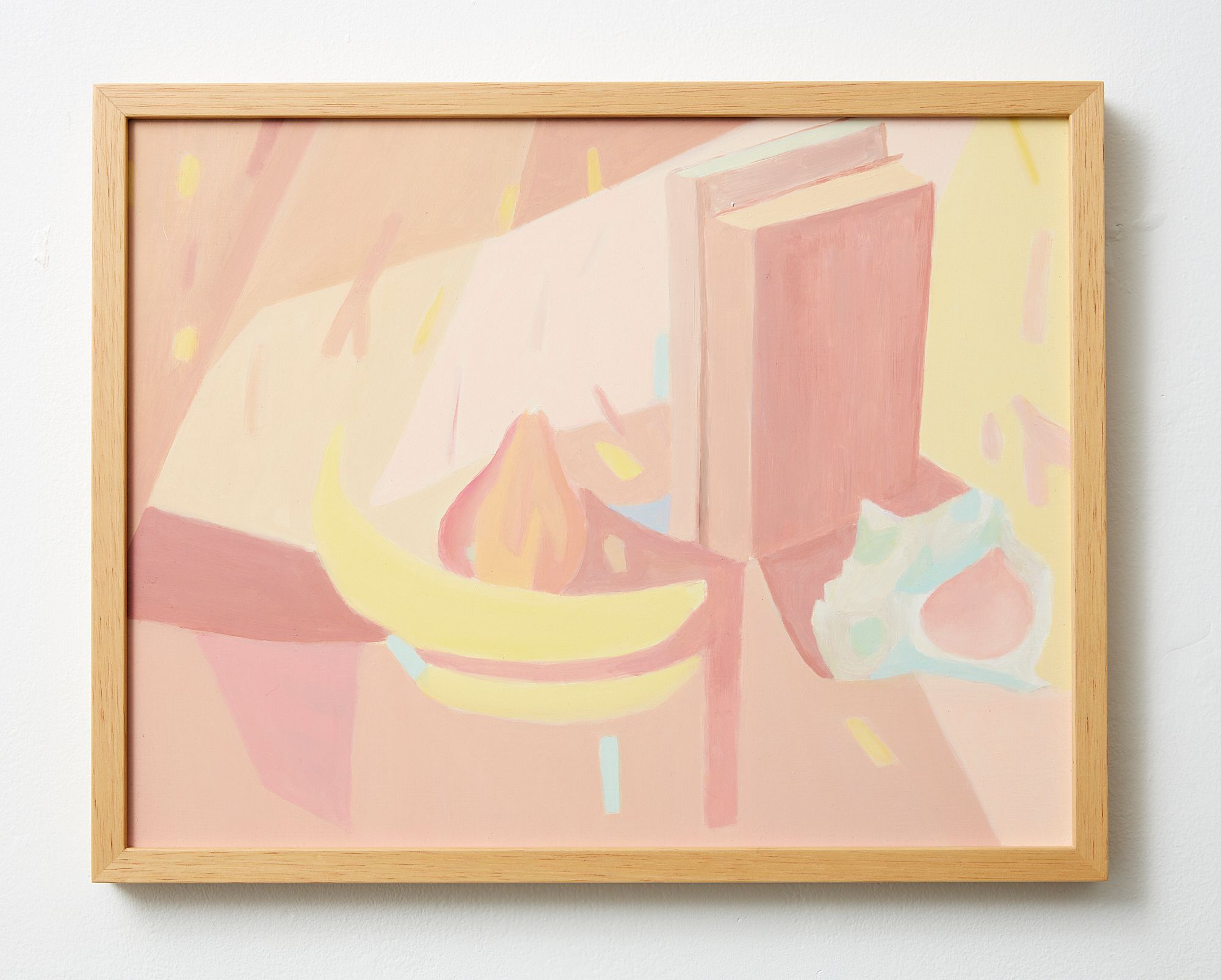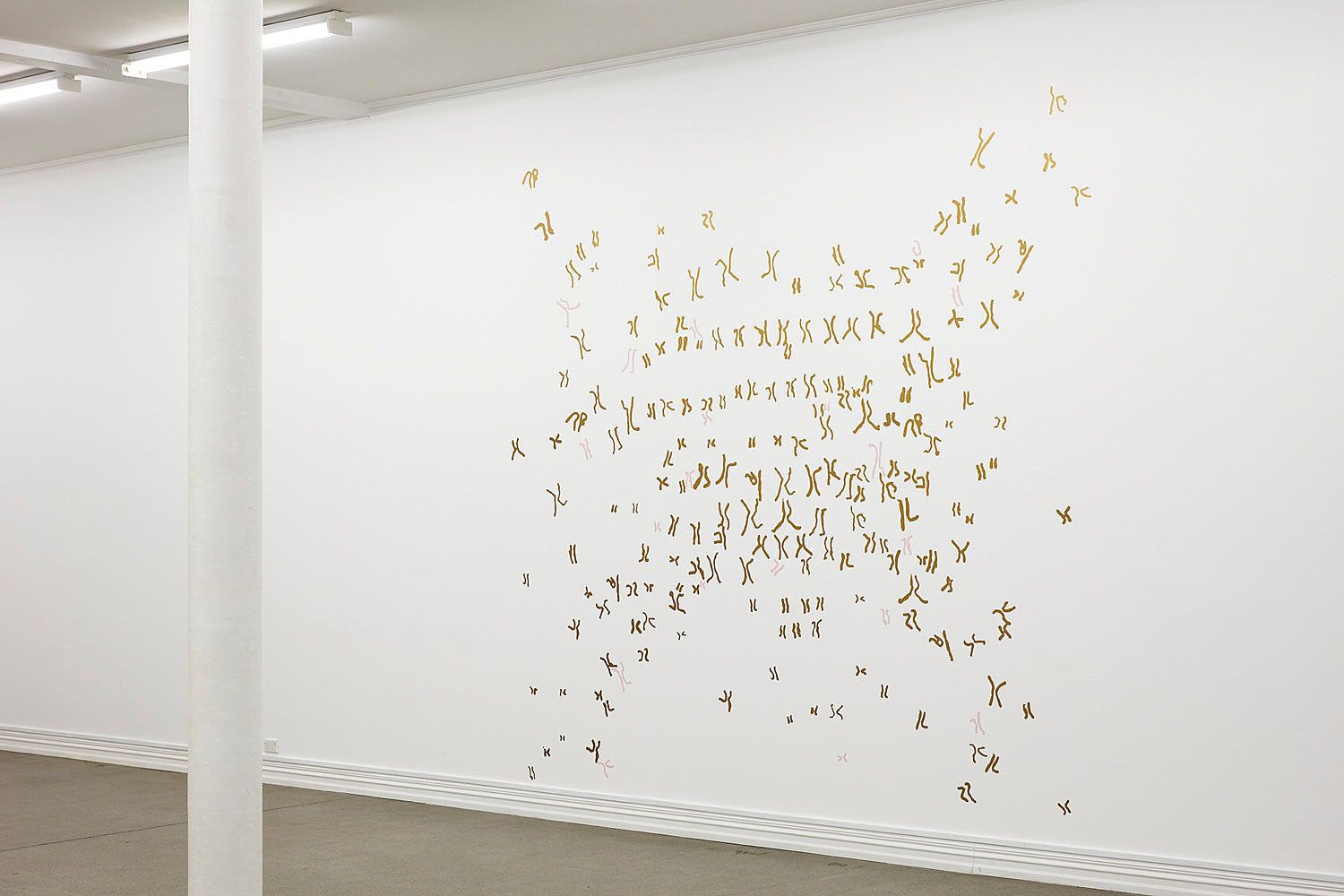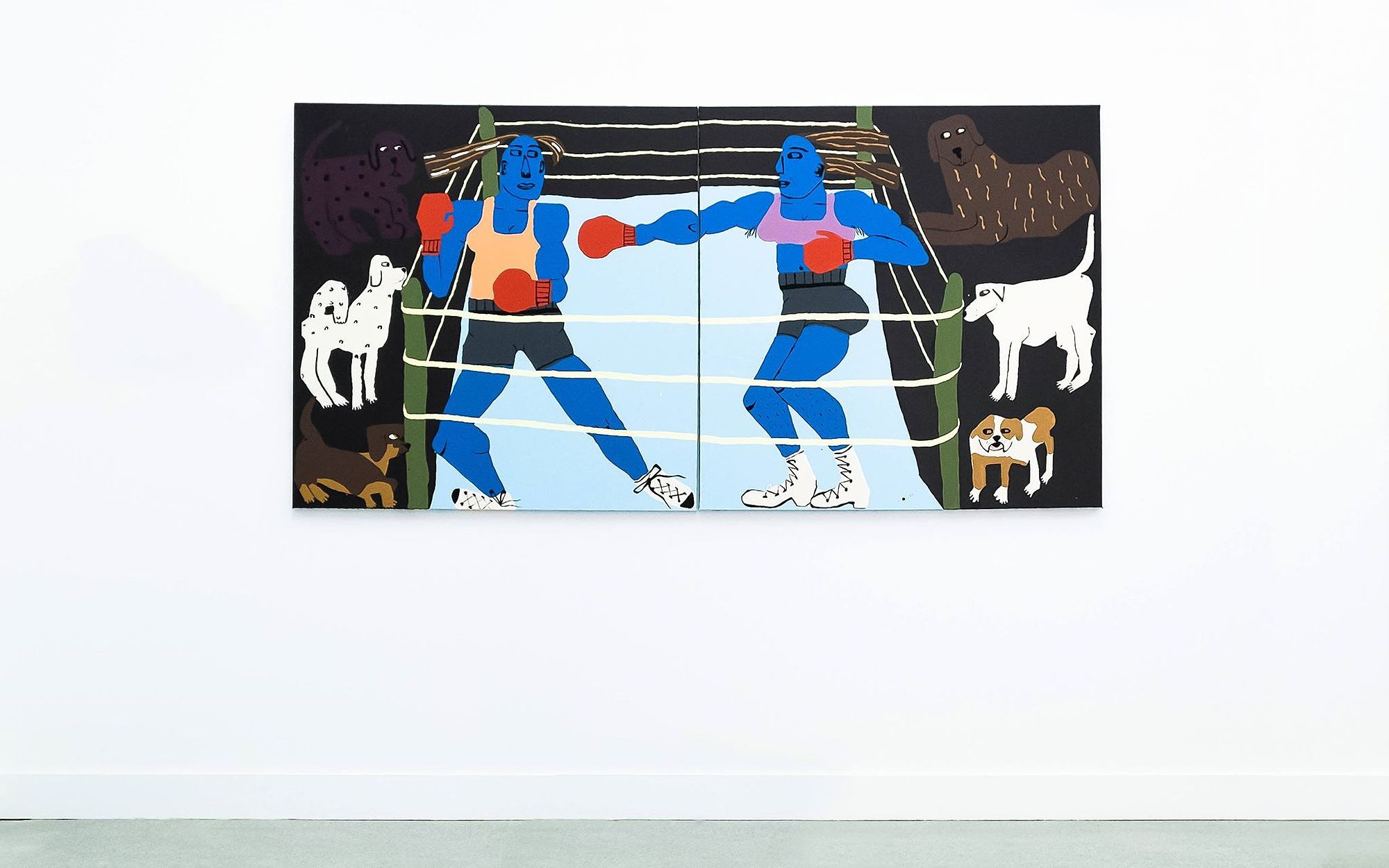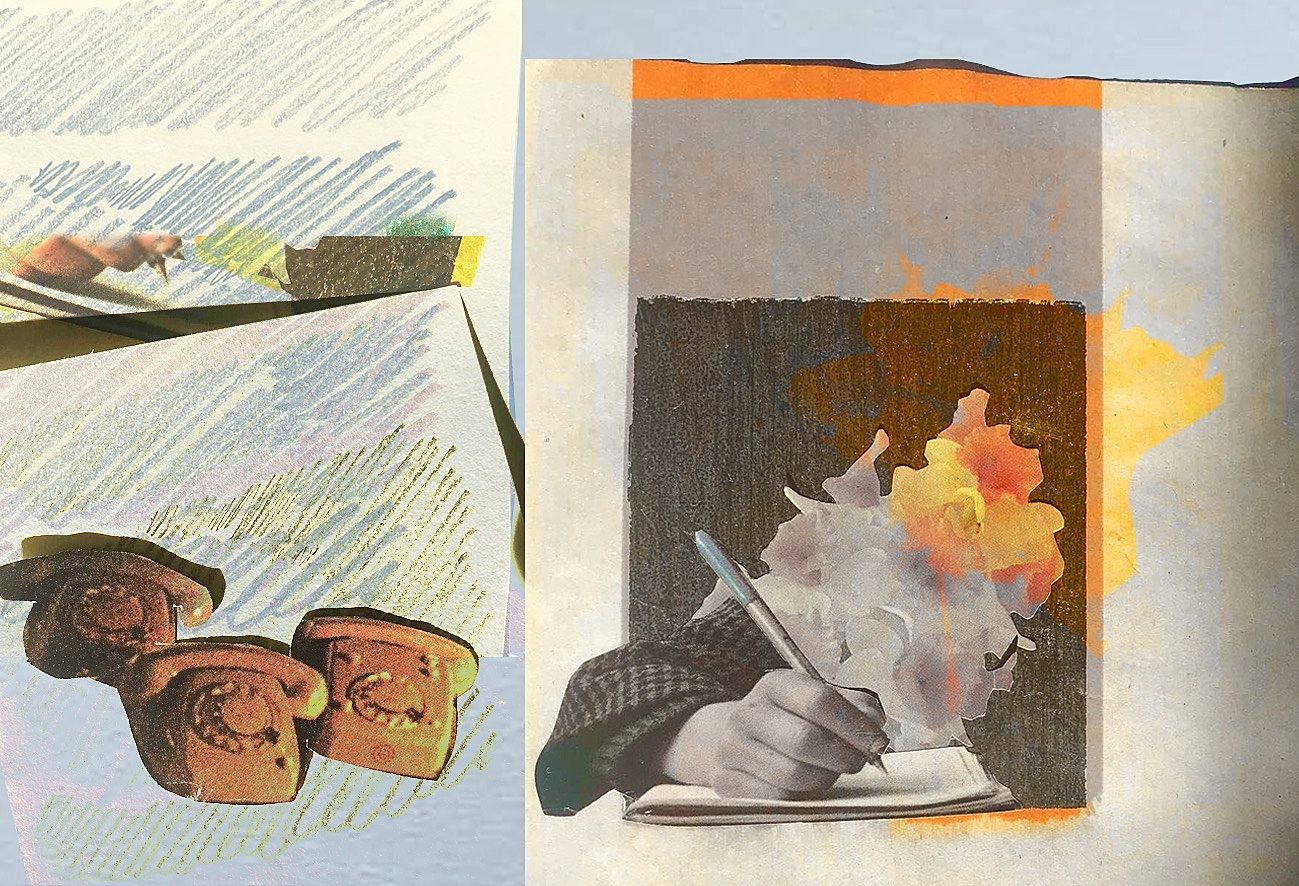The Unmissables: Three Artworks to see in February
A monthly round-up of the works in Tāmaki Makaurau that we're returning to, again and again and again.
A monthly round-up of the works in Tāmaki Makaurau that we’re returning to, again and again and again.
The Unmissables are back and it’s a new year, new you. This year, we’re kicking off each month with three artworks (rather than shows) in Tāmaki Makaurau that we’re loving, that we’re dying to sink our teeth into, and that we’d love to hang on our wall.
Our review team this month are art critics Lucinda Bennett, Lana Lopesi and Francis McWhannell.
Ōtepoti-based Saskia Leek (Aotearoa, 1970) has long played with nostalgia. Works from the early 2000s took as their departure point vernacular pictures of the kind you might find in an op shop, riffing on their formal qualities as much as their mood: the high-key hues of a hand-tinted photograph, say; the pseudo-cubism of a paint-by-numbers landscape; the dramatic diagonals in a print of a prancing horse.
And yet her works also possess astonishing freshness. I don’t immediately register that those in Paintings from Thick Air Method are old, having recently returned to Aotearoa after a decade abroad. Janus-like, they look back and forward at once. The eponymous Thick Air Method (2008), for instance, has the colouration and fracturing of earlier works, while prominently featuring a now typical Leek motif: the banana.
The painting flirts with a host of well-known artists, from pioneers of figure-tethered abstraction in Aotearoa like Louise Henderson and Adele Younghusband to the contemporary Isobel Thom. In keeping with its title, its surface is a joyous interplay of density and lightness: now waxy and upfront, now diaphanous and deep. It’s a potent reminder that Leek is one of our most subtly brilliant painters – and has been for some time. – FM
Saskia Leek
Paintings from Thick Air Method
Ivan Anthony
2 February – 2 March
Garnering tremendous success internationally, Berlin/Canberra-based Alicia Frankovich’s (Aotearoa, 1980) multidimensional practice spans performance, installation, sculpture, photography and video. Central to all her work is the body, its behaviours and intensities, its interactions with other animate and inanimate forces in the world.
In her latest exhibition at Starkwhite, Frankovich’s interest in the body turns inward, and tiny. A smattering of gold and pale pink shapes gleam on the gallery wall, wiggly lines like runes or constellations. As it turns out, they are a visual representation of a female karyotype – that is, chromosomes in the nucleus of a cell. Entitled Microchimerism (2018), this work considers the presence of DNA from another body within the artist’s own – a common occurrence in humans, resulting from a reciprocal cell exchange between mother and child while still in utero. In the context of Frankovich’s wider practice, Microchimerism reads as proof of a kind of originary collectivity, a biological foil to the contemporary cult of individualism. Placed outside of the body, magnified by millions and made serenely aesthetic, Microchimerism eliminates any horror at seeing our insides. What we are left with is something like wonder, the realisation that connection is inherent. – LB
Alicia Frankovich
Starkwhite
8 February – 6 March
Emerging artist Claudia Kogachi (Awaji-Shima, 1995), based in Tāmaki Makaurau, is becoming known for her large, comical and somewhat satirical paintings. Making use of blues, greens, pinks and oranges, the highly saturated colour palette of Kogachi is perhaps a contemporary take on expressionist painting.
In Those are my f-ing shoes the colour palette continues with the exception of the dogs. Following on from previous works which realise disputes between the artist and her mother in paint, this exhibition introduces another element to the work, the dog. The dog acts as the referee, the impartial bystander, who does not seem to be swept away in the highly emotive, coloured world of the daughter and mother but rather watches, stoic and unimpressed.
Boxing (2019) captures the moment just before impact between the glove and the body of two boxing women. Around the periphery of the ring are six dogs, looking on. The artist makes her disputes into a form of entertainment for the viewer, which in this case is both you and I, as well as the dogs. Kogachi’s playful work adds to the local regeneration of large-scale painting, a regeneration which is currently dominated by a new wave of women artists. – LL
Claudia Kogachi
Those are my f-ing shoes
Sanderson Contemporary
19 February – 10 March
https://www.pantograph-punch.com/system/rich/rich_files/rich_files/000/003/420/m/cat.png
The Unmissables is presented in a partnership with the New Zealand Contemporary Art Trust, which covers the costs of paying our writers. We retain all editorial control.
